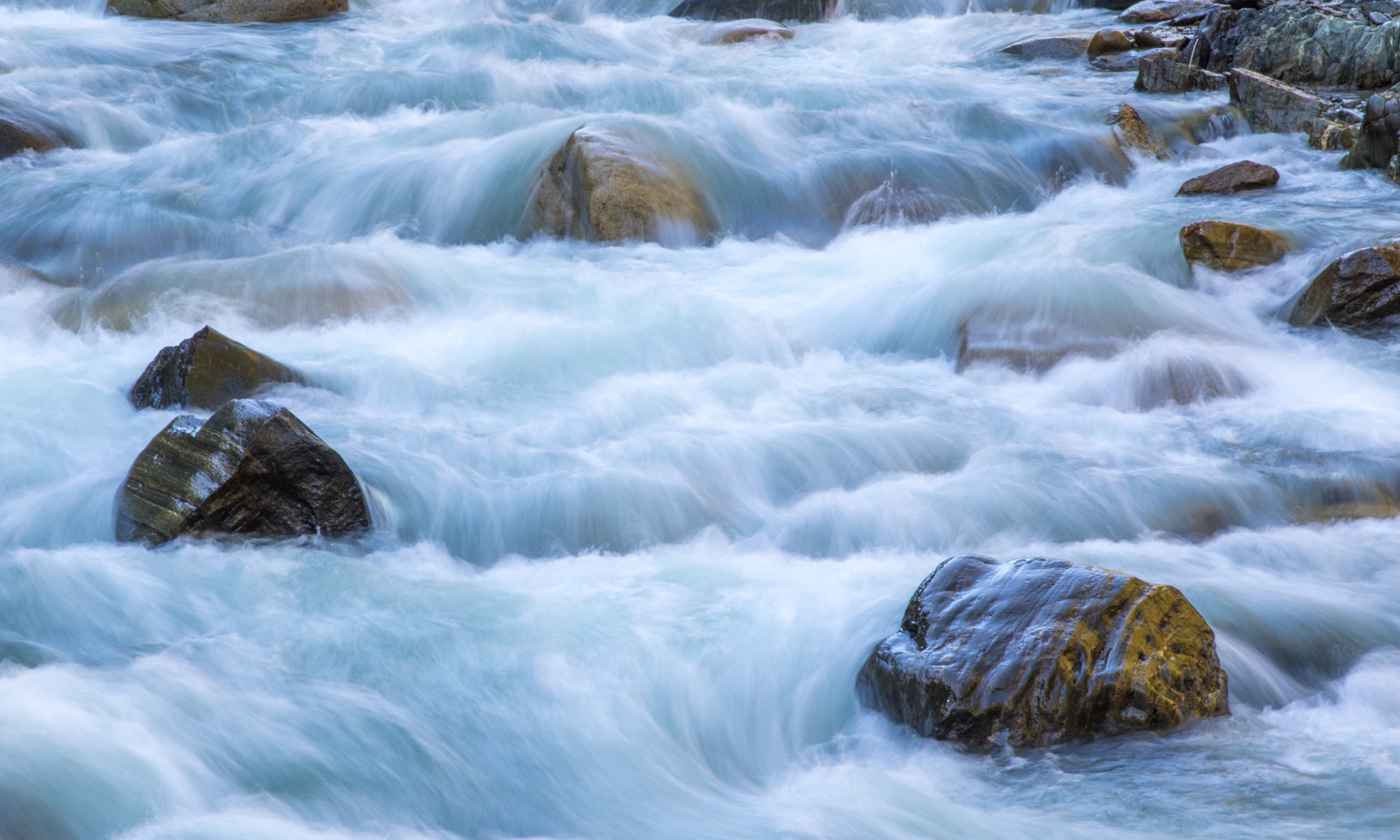Today’s Question: In Lightroom Classic there are two options for assembling a high dynamic range (HDR) image. There’s Photo Merge > HDR and Edit in > Merge to HDR Pro in Photoshop. What’s the difference? Is one preferred over the other?
Tim’s Quick Answer: These two options represent two very different tools for assembling HDR images, and I have consistently found the Lightroom (or Camera Raw) option to produce better results.
More Detail: The “Merge to HDR Pro” command found on the Photo > Edit In menu in Lightroom Classic leverages the HDR Pro feature in Photoshop. This feature has been around longer than the HDR merge feature of Lightroom (or Camera Raw). If you send a group of bracketed exposures to Photoshop from Lightroom Classic using the Photo > Edit In > Merge to HDR Pro in Photoshop command, you’ll be accessing this HDR Pro feature.
If you instead select Photo > Photo Merge > HDR from the menu, you’ll be using the HDR feature that is built into Lightroom (and Camera Raw). This is a more recent engine for assembling HDR images, and in my experience consistently produces better results than HDR Pro in Photoshop.
In addition, merging HDR images with Lightroom or Camera Raw provides a workflow advantage, in that you can apply the tone-mapping and adjustments directly on the DNG file created as part of the HDR merge process. This enables a more streamlined and flexible workflow.
I think of HDR Pro in Photoshop as being somewhat dated compared to the HDR merge feature of Lightroom and Camera Raw. For those using Lightroom Classic, that means I recommend assembling HDR images directly within Lightroom Classic. If for some reason Lightroom Classic doesn’t produce a good result for an HDR image, I would be more inclined to use software such as Luminar Neo (or my original favorite, Nik HDR Efex Pro) rather than using Photoshop.

